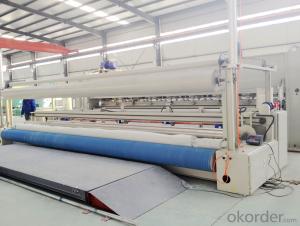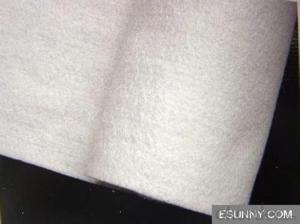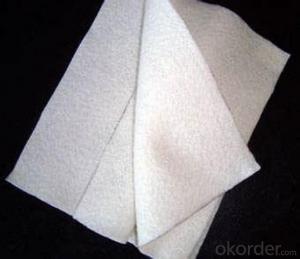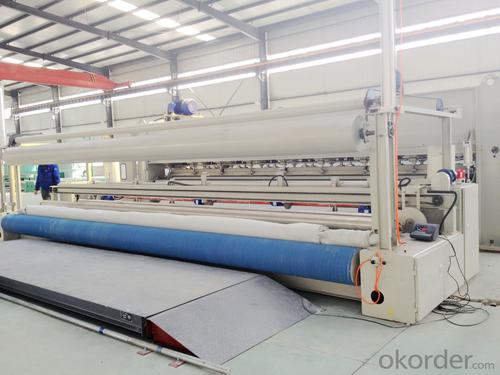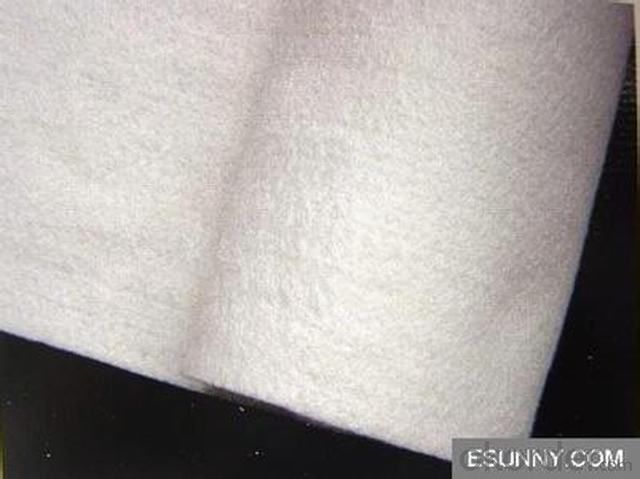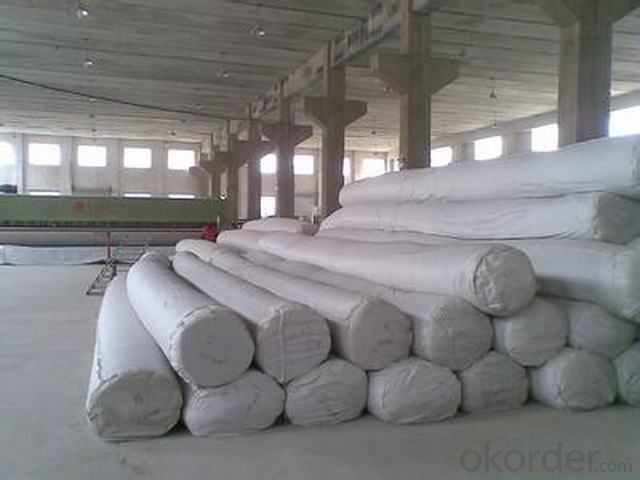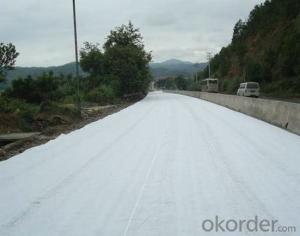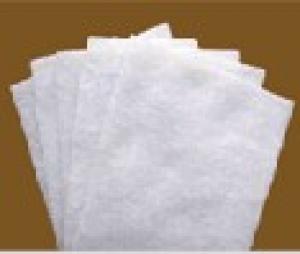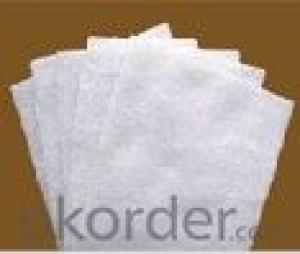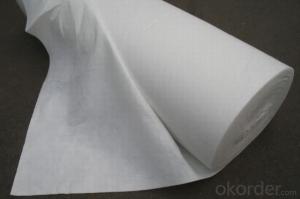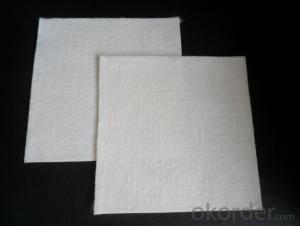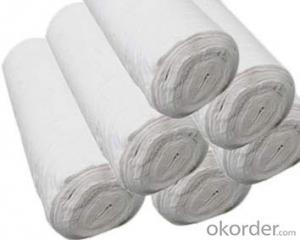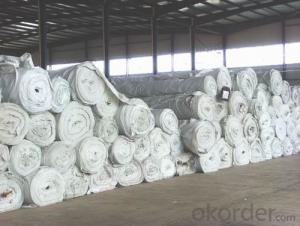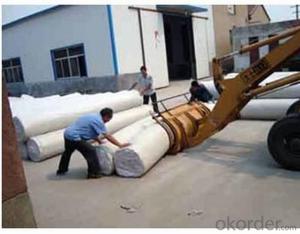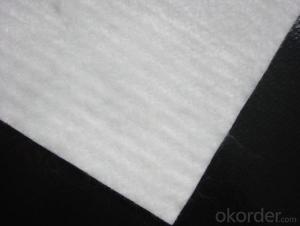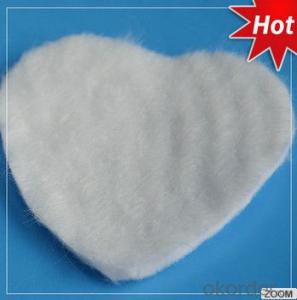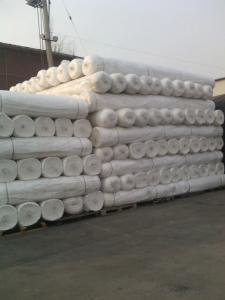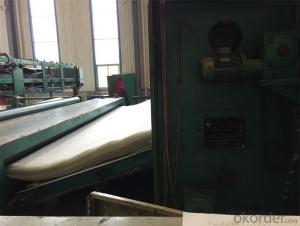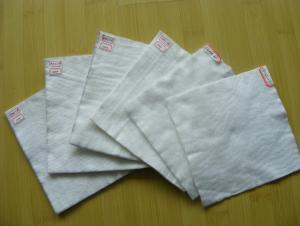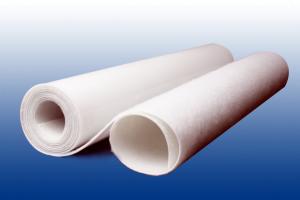Lámina Geotextil Pet Woven Geotextile for River Engineering
- Loading Port:
- Qingdao
- Payment Terms:
- TT OR LC
- Min Order Qty:
- 20000 m²
- Supply Capability:
- 1500000 m²/month
OKorder Service Pledge
OKorder Financial Service
You Might Also Like
Characteristic of PET Woven Geotextile Used for River Engineering:
1. High strength: using high strength industrial polypropylene, Dacron, Chinlon etc. as the fiber raw materials that has higher original strength. And then, weaving formed a textile through a certain way and its comprehensive bearing capacity reaches a higher level.
2. Durability: Synthetic fiber is stable in physical property and is not easy going to decomposing & weathering.
3. Corrosion resistance: Synthetic fiber always has good characteristic like acid-resisting, alkali-resisting, damage from insects & mold.
4. Water Permeability: Woven geotextile can control effectively its opening in structure and reach a certain permeability.
5. Easy for Store & Transport: It is easy to store and transport owing to its light weight and certain package.
Application of PET Woven Geotextile Used for River Engineering:
1. It is a series industrial products of geo-material that suit for all kinds of characteristics & requirements in Geotechnical engineering and is widely used in rivers, coast, road, railway, dock, tunnel, bridge and so on. Most important, it can reach all different applications.
2. In order to guarantee stable & balanced structure and reach all engineering data, all our woven geotextile produced by import width shuttleless loom to guarantee quality.
3. The series of products is filter, brace, anti-skidding, mould bags etc.
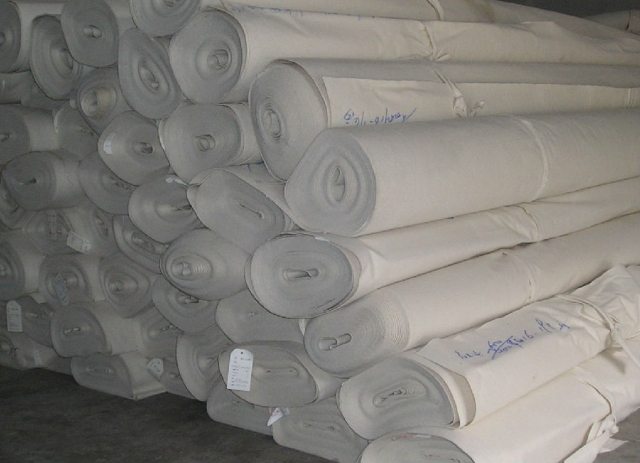
- Q: Can geotextiles be used in bridge construction?
- Yes, geotextiles can be used in bridge construction. Geotextiles are commonly used in bridge projects to reinforce the soil, provide drainage, and prevent soil erosion. They can also help in stabilizing the ground, improving the overall performance, and extending the lifespan of the bridge structure.
- Q: Geotextile, geomembrane to go to the laboratory test
- 1. Geotextile, geomembrane whether it is necessary to go to third-party laboratory testing is mainly to see the construction side or supervision unit requirements, if the construction side or the supervision unit clearly requires the authority of the third-party laboratory for testing, then you need to go Laboratory testing. 2. If there is no clear requirements, in general geotextile, geomembrane factory manufacturers will have a qualified factory self-test report, substandard products will not be factory, the other construction side will generally have their own experiments Room on the geotextile, geomembrane for testing, manufacturers and construction side of the test results are qualified, no special requirements are not going to third-party laboratory testing, and only one of the two sides of the test results have objections Go to a third party laboratory for testing.
- Q: How do geotextiles help with embankment stabilization?
- Geotextiles help with embankment stabilization by providing a strong and stable foundation. They act as a separator, preventing the mixing of different soil layers and reducing the risk of erosion. Additionally, geotextiles improve drainage and filtration, allowing excess water to flow through and preventing the build-up of hydrostatic pressure that can lead to slope failure.
- Q: Can geotextiles be used in geocomposite drains?
- Yes, geotextiles can be used in geocomposite drains. Geocomposite drains are comprised of multiple layers, including a geotextile layer that helps with filtration and separation. The geotextile layer allows water to flow through while preventing the passage of soil particles, making it an effective component in geocomposite drain systems.
- Q: How do geotextiles help in preventing differential settlement?
- Geotextiles help in preventing differential settlement by distributing and equalizing the load across a larger surface area, thereby reducing the differential settlement that occurs between different soil layers.
- Q: How many grams of geotextiles on the top of the garage
- Drainage board is generally 1000 grams 20MM, geotextiles generally require 250 grams, you need to contact Huazhi geotechnical materials manufacturers to answer your questions
- Q: How do geotextiles affect soil permeability?
- Geotextiles can significantly impact soil permeability by enhancing drainage and filtration. When placed in the soil, they create a barrier that allows water to pass through while preventing soil particles from clogging the pores. This improves the overall permeability of the soil, reducing the risk of erosion and increasing its ability to absorb and drain water effectively.
- Q: What are the factors to consider when selecting geotextiles for mining applications?
- When selecting geotextiles for mining applications, factors to consider include the type and size of particles being contained or separated, the required strength and durability of the geotextile, the level of permeability needed, the potential for chemical or biological degradation, and the site-specific conditions such as slope stability and groundwater levels. Additionally, the cost-effectiveness and ease of installation should also be taken into account.
- Q: Bought a roll of geotextiles soon run out, do not know if there is nothing to replace the geotextile material more
- With the stockings have, with a small tile, there are also non-woven. The The
- Q: What are the different geotextile permeability testing standards?
- Some of the different geotextile permeability testing standards include ASTM D4491, ISO 11058, and EN ISO 12958. These standards provide guidelines for conducting tests to determine the hydraulic conductivity and permeability characteristics of geotextile materials.
Send your message to us
Lámina Geotextil Pet Woven Geotextile for River Engineering
- Loading Port:
- Qingdao
- Payment Terms:
- TT OR LC
- Min Order Qty:
- 20000 m²
- Supply Capability:
- 1500000 m²/month
OKorder Service Pledge
OKorder Financial Service
Similar products
Hot products
Hot Searches
Related keywords
